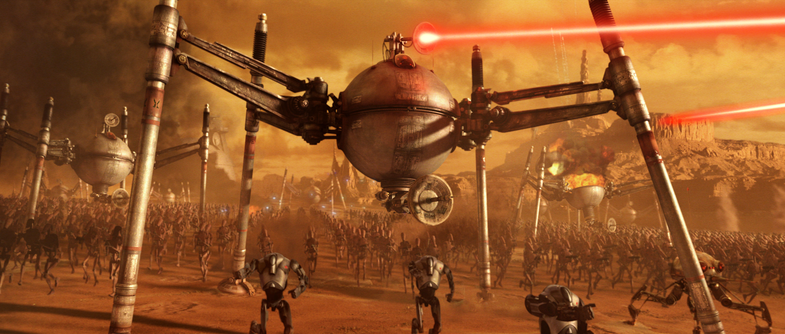The Improbable War
This month, Popular Science is publishing 10 original short stories from the future

The wall was made from the faces of the dead. Their souls rested deep inside it, powering the great probability engine at its core. It started as a war memorial, but the technology used to capture these souls had turned the wall into something else: a sentient consciousness that could make even the most unlikely outcome possible. No one could predict what it would do; one could only ask for its aid.
Now 4 million soldiers in gleaming obsidian suits stood on top of it, facing an army 10 times their number. First Officer Khiv stood with them as the faces of the dead in the wall cried beneath her.
“How can we fight?” the generals had asked Khiv when their old enemies had risen up from the north. “We’ve given up hierarchies, hate, and violence. Going to war will destroy all we’ve built.”
Khiv told them, “We will fight them with love.”
Khiv watched the enemy on the other side of the wall now, their soldiers enhanced with spidery metal suits, the air sharp and hot. As the enemy swarmed, Khiv gave the order for her soldiers to leap. Four million fighters threw themselves into the air.
“Love drives the wall,” Khiv had told the generals. “It will decide their future. And ours.”
The wall heaved as the souls within worked to preserve the peace they had died for. It chose a wildly improbable future—and the armies collided, exploding like stars. Scholars would argue which side the engine took when it decided to obliterate both armies. The simplest answer was that it chose the most peaceful future—with no more soldiers.
***
Kameron Hurley’s latest book, Empire Ascendant, will be released in October.
This article was originally published as part of our “Dispatches From The Future” science fiction feature in the August 2015 issue of Popular Science.